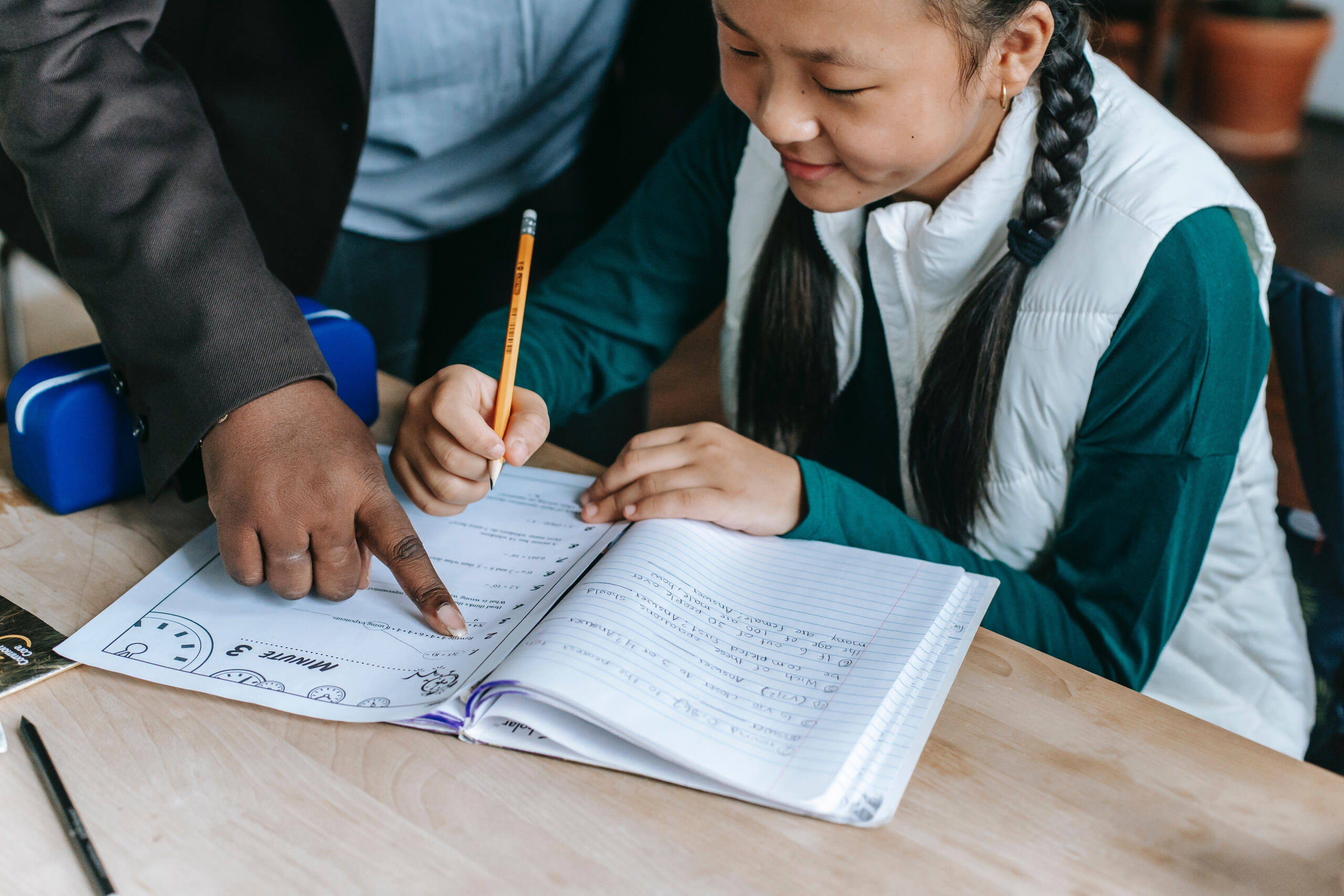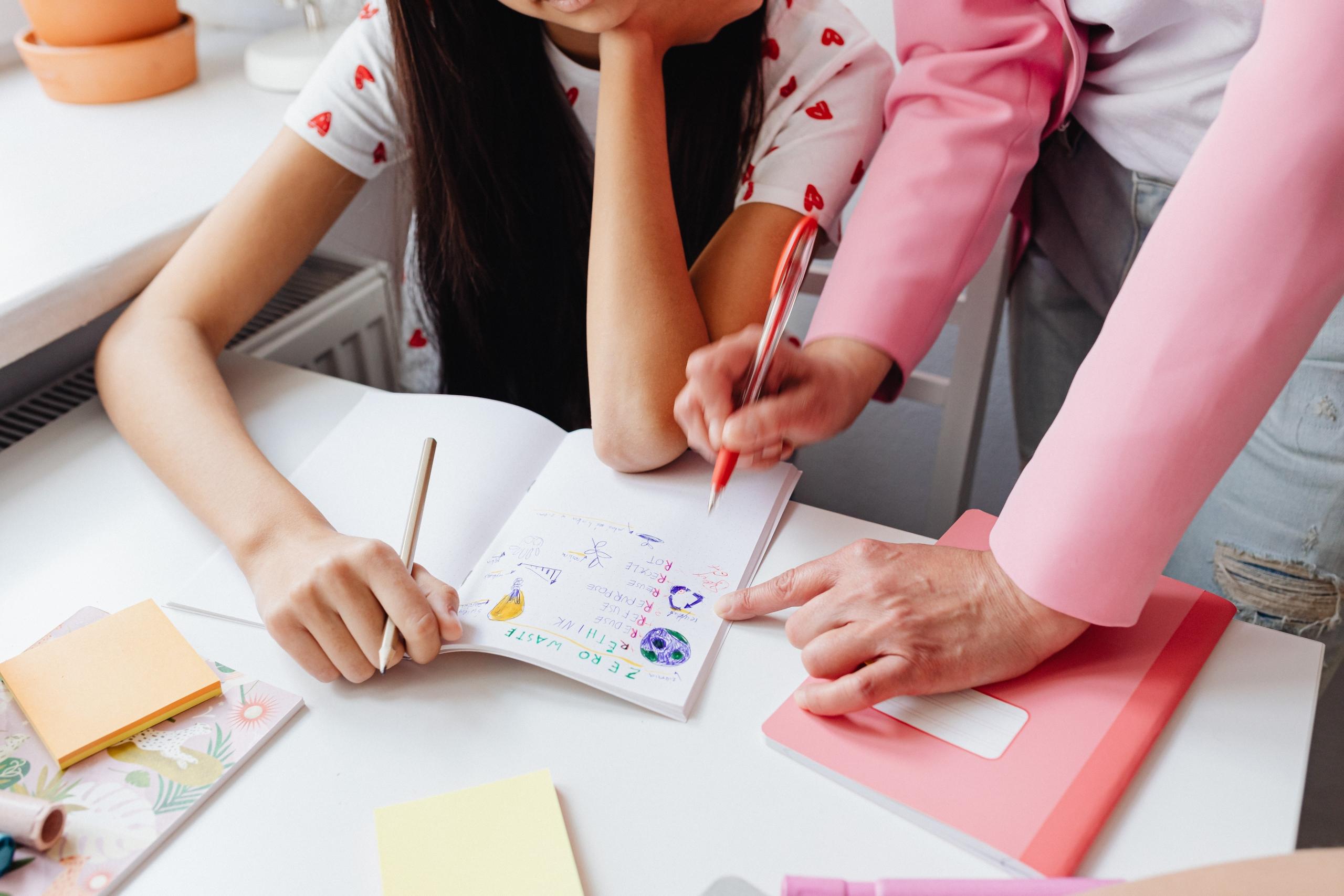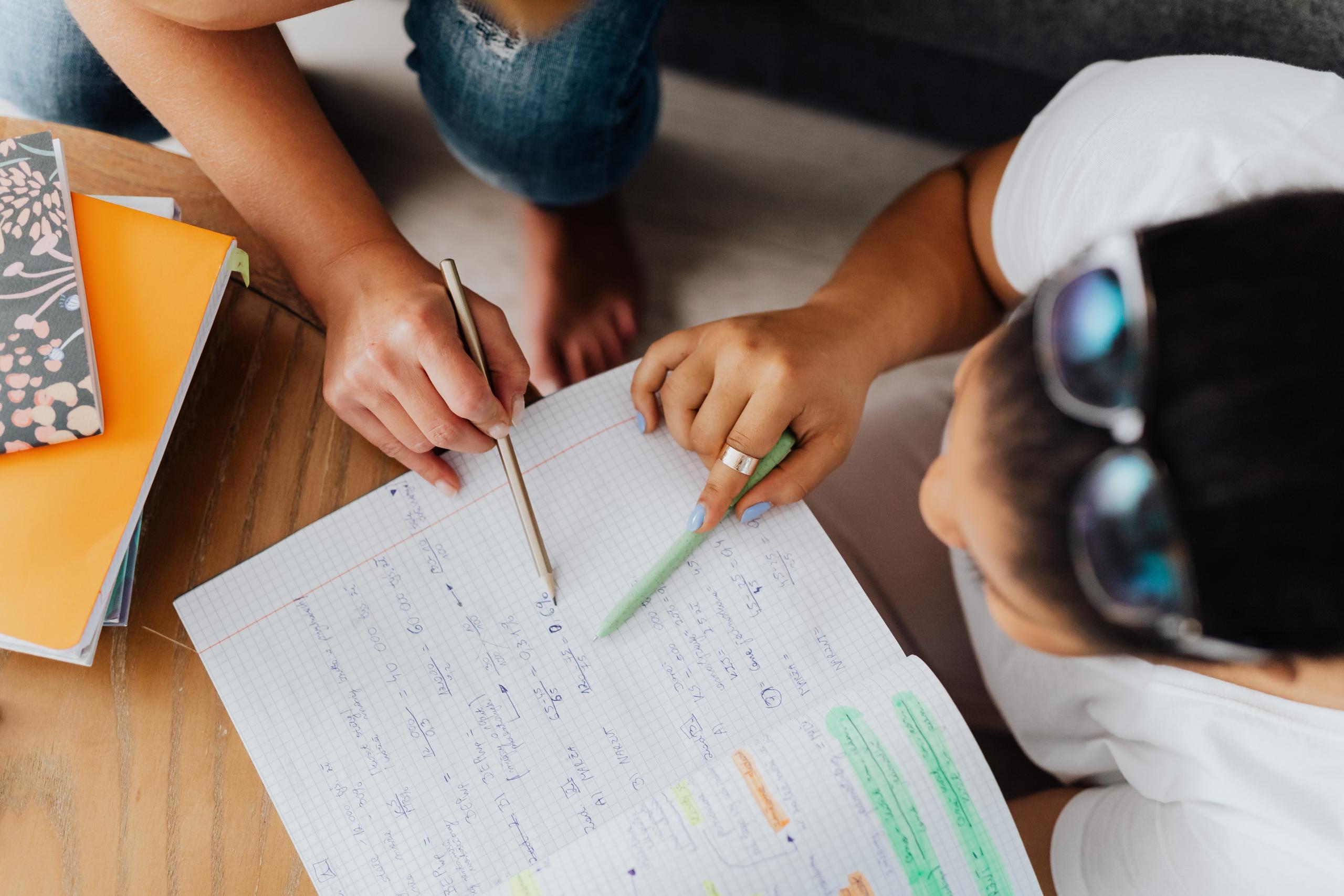More motivated children learn more. Those who are more informed usually make wiser decisions.
James Heckman
Everyone has had occasion to stop a little child from putting something into his or her mouth. What many don’t realise is that little ones learn through their various senses, taste being one of them.
This is but one example of how we learn various things about life in an unstructured, incidental or playful way. Learning through play is a wonderful way for children to develop in a number of important areas: it aids brain development and helps communication and language skills to mature.
This should make us reconsider the view that singing a song or playing hide-and-seek are simply activities to pass the time. Children are learning and on their way to becoming independent human beings, each in their own right.
We all strive for a measure of independence and, therefore, self-directed activities or play can have a major impact on the education of the individual child, no matter their age.
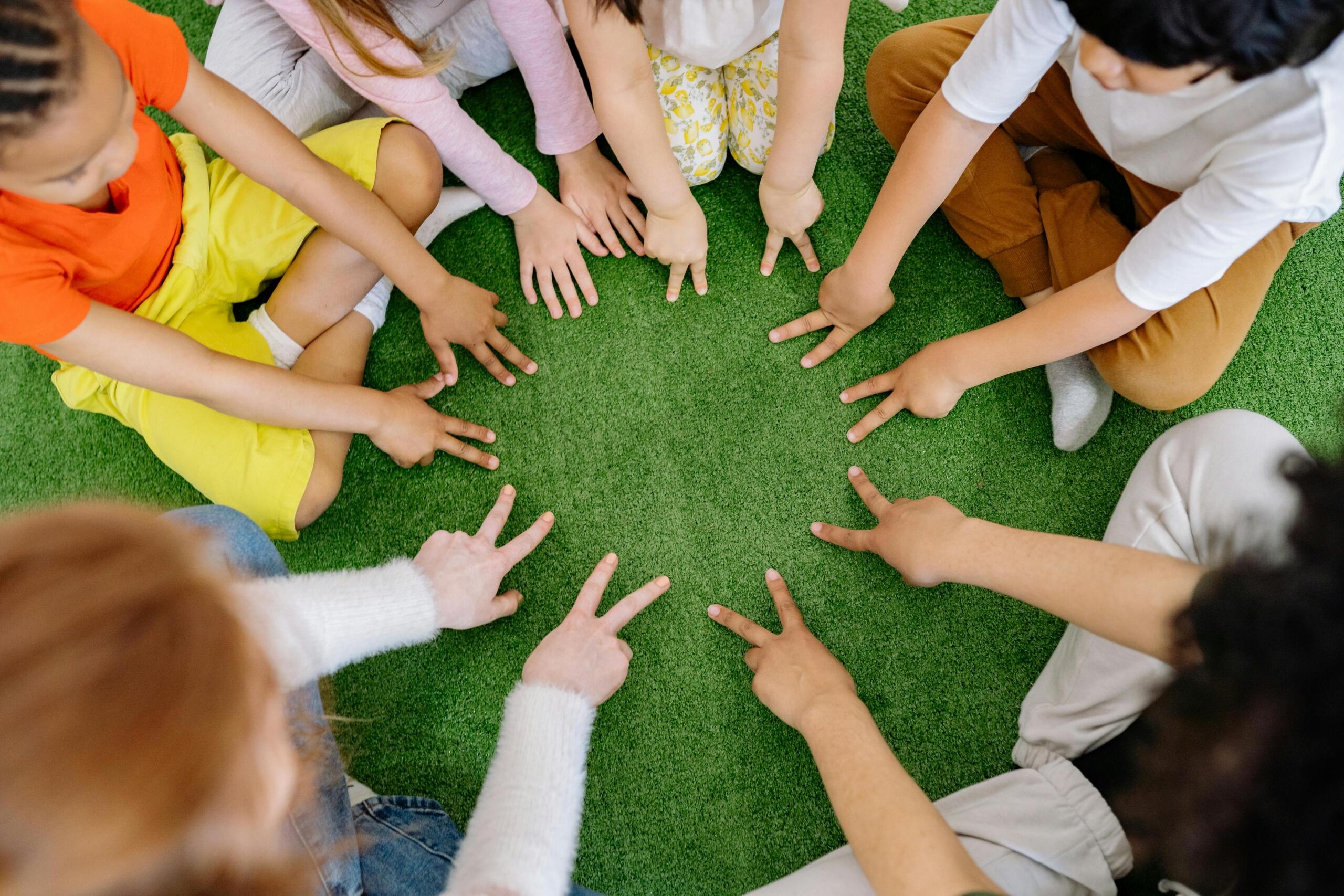
Alternative forms of education, making use of technology for instance, are appealing to learners of all ages, since they are allowed to “play” and be imaginative. Self-directed activities are also wonderful opportunities for young and not-so-young learners to express themselves and make teaching or tutoring more specific to their needs. This kind of exploration and discovery can be a cool method for, even, tutors to utilise.
It is easier to captivate younger learners for longer if learning activities include an element of play, so that they can progress independently. Since learners’ attention spans are much shorter than that of previous generations, tutors must make use of a number of different activities and present their learners with various experiences, which must include self-directed learning projects.
Don’t be fooled into believing that the word ‘play’ only pertains to kiddies; many mature learners also enjoy an element of fun built into the learning programmes.
So, without any further delay, let’s dive into today’s article which will:
- analyse a few modern developments which make the educational process seem like play-time; and
- review some educational activities and games that learners can appraise in their own time.
Let’s go!
Want to give private lessons?
Join the Superprof community and share your knowledge with inquiring and motivated students.
Cognitive Learning: What the Future Looks Like
Before we step into what cognitive methods are available for use in the classroom, let us take a moment to define exactly what cognitive learning (or CL) is.
"Cognitive learning is a style of learning that encourages students to use their brains more effectively. This way of learning encourages students to fully engage in the learning process so learning, thinking and remembering get easier and easier. Cognitive learning isn’t about memorisation or repetition. When it comes down to it, it’s all about learning how to learn." 1
Source: oxfordlearning.com
The whole idea of cognitive learning is to make the process of obtaining new information engaging and attainable for learners. CL is, for instance, part of the flipped learning method, which gained popularity through the Khan Academy.
The Khan Academy, making use of cognitive learning, offers more than 100 000 online activities and problems for learners to complete in a range of subjects, including maths, history, biology, chemistry, medicine, and microeconomics.
Flipping the classroom entails utilising Web-enabled teaching strategies which allow teachers to spend time, in class, interacting with learners, as opposed to lecturing to them.
In most cases, the teacher would assign students an instructional video to view online as homework, while problem-solving or other hands-on work takes place in the classroom.
Making use of this “flipping” method, has numerous benefits, both for the teacher as well as the learner. The teacher has, of course, researched and structured the lesson with a particular set of outcomes in mind. They are therefore in an advantageous position to answer learners’ questions or clear up misinterpretations or misunderstandings of concepts.
On the other hand, learners will enjoy the fact that they can explore the learning material independently, make sense of it and achieve a lot of satisfaction from, in a sense, having taken control of their own learning.
Many learners love this approach, not only, because it is practical and has an element of play in it, but can also be directed at their individual interests, such as cooking, mechanics, music and sport. Learning is better for all concerned. Because of this, learners no matter their age, will see their learnings as relevant to themselves and their life goals.
It would be in the best interest of teachers and tutors to have a bit of knowledge of cognitive learning and how to make use of it to their charges’ (learners’) benefit.
Before winding up this section, it is worthwhile mentioning that many view the future of cognitive learning as very exciting.
Why? Teachers are witnessing the benefits for their learners in real-time and are egging on those with the financial resources, to invest in the cause.
For cognitive learning, the future is bright!
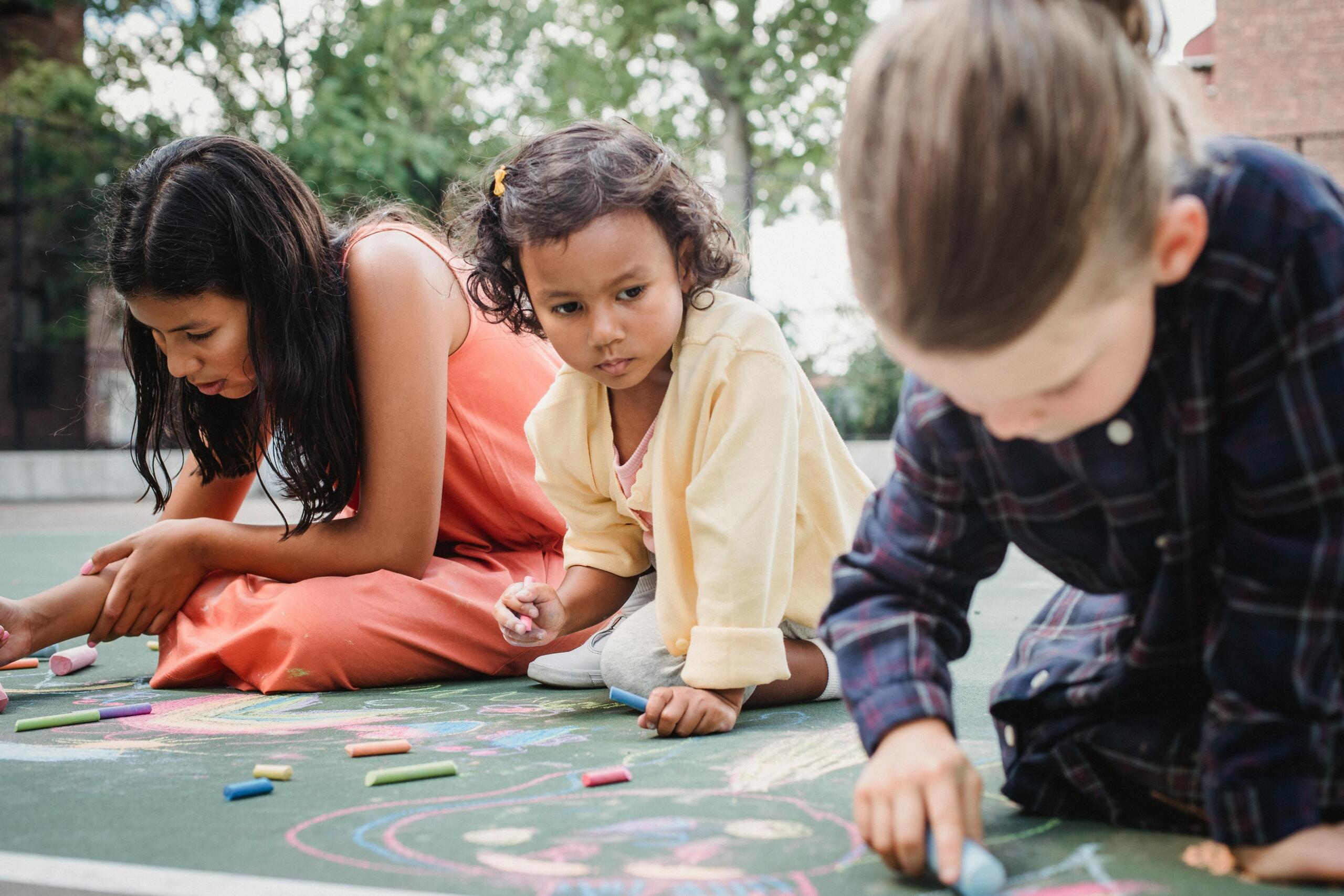
Augmented Reality: The Future of Education?
Teachers and tutors must find ways to keep things fresh, interesting and relevant to current times.
They need to keep up with the quickly changing times that we live in, which includes adapting to and utilising technology in the classroom, Augmented Reality (AR) being one of the most significant advances.
So, what is AR?
Augmented Reality relates to the process where layers of digital information, like videos, photographs and sounds, are superimposed or ‘placed’ over the ‘real world’ around them.
But, what is AR and how is it utilised to make the learning process more playful? One way to find out more about the positive impact on the educative process, is to explore the resources listed below:
- GoogleSketchUp: allows learners to analyse and study the 3D-models that they’ve created in a physical space. SketchUp has a suite of subscription products, including a CAD (Computer-Aided Design programme) for a wide range of design and drawing applications: architectural, civil- and mechanical engineering, landscape architecture, video game development, theatre, film and industrial- and product design. Google SketchUp makes use of a personal computer, a webcam and a printed code which is attached to the necessary software. Young people love it!
- LearnAR: languages, Maths, Chemistry and Physics are just some of the topics covered within this learning environment. LearnAR combines Augmented Reality and mobile technology in a way that encourages learners to engage, learn and share knowledge.
This technology allows a teacher to superimpose the liver, lungs, heart and liver over an actual learner’s body, allowing the class to view exactly where these organs are located in the human body.
Yes, there are numerous intriguing resources out there, but we suggest that you start with the abovementioned two to whet your appetite.
However, is this just another fad?
We definitely do not think so!
It is believed that Augmented Reality apps are going to become increasingly popular and make stacks of money, for their developers, in the future.
A great feature of Augmented Reality is that it can be used anywhere where there is some form of electricity, so that this technology will not be limited to the classroom, but can be utilised at home or at a learner’s friend’s or aunt’s home. They can then use it to direct their learning through play. Adults will then also witness the educational value of children’s games.
So, what does the future look like for Augmented Reality?
As is true for most new technologies, Augmented Reality is still in the start-up stages, with improvements happening almost daily. Something like AR goggles, for instance, will help the development of AR quite significantly, in terms of accelerating its growth and helping AR gain polarity amongst younger learners, in particular. Hopefully, they will become so affordable, in the near future, that more schools will be able to afford them and learners will be able to view images in 3D.
Once teachers have been exposed to the benefits of this technology, they’ll start wondering how they ever got by without it. Their students will be learning through self-discovery and enjoying the benefits of learning through play.
Educational Websites for Teachers and Students: The Top Ten

Not everyone is at the same point in terms of valuing the benefits of learning through play. So, to help teachers and tutors direct the students’ learning through self-discovery, we have compiled a brief list of some of the points for and against the use of AR in the classroom.
Disadvantages
We couldn’t find many. But, if you’re an undecided educator, here are some points to ponder on:
Advantages
At Superprof, we're optimists and focus our attention on the positives, so we'll point out the educational value of children’s games:
And the list goes on. But, as you can tell, the benefits far outweigh the negatives, so we’ve scoured the Internet to bring you this list of trustworthy educational game and resource websites available:
- AGAME.com (Music Games)
- Adventure Academy
- Bitesize/BBC Schools
- Creative Chemistry
- Cut the Knot
- Mangahigh
- NASA Quest Challenges
- PBS Kids Games
- Teachable
- The Jason Project
These sites come highly recommended since they are interactive and have great educational value.
To conclude, teachers and tutors who make use of new technologies and the well-chosen online games will enjoy witnessing their learners learning through self-discovery and ending their day feeling light, confident and knowledgeable.
Now that you’ve worked your way through this entire article, go out there and make your lessons as fun for you as they will be for your students. Every success!
References
- Cognitive Learning, Oxford Learning, https://oxfordlearning.com/cognitive-learning/
Want to give private lessons?
Join the Superprof community and share your knowledge with inquiring and motivated students.







